Surface Finishing Sustainability: Technology Pathways - The 51st William Blum Lecture
This presentation is the 51st William Blum Lecture, presented at SUR/FIN 2014 in Cleveland, Ohio on June 9, 2014. In this lecture, Dr. Yinlun Huang discusses the critical issue of sustainability in manufacturing with the primary focus on the surface finishing industry, and the technology directed toward addressing the issue.
#research #surfin #sustainability
by
Prof. Yinlun Huang
Featured Content
Recipient of the 2013 William Blum
NASF Scientific Achievement Award
Editor’s Note: The following is the Powerpoint presentation by Dr. Huang in delivering his William Blum Memorial Lecture at SUR/FIN 2014, in Cleveland, Ohio on June 9, 2014. A printable version of the presentation is available by clicking HERE.

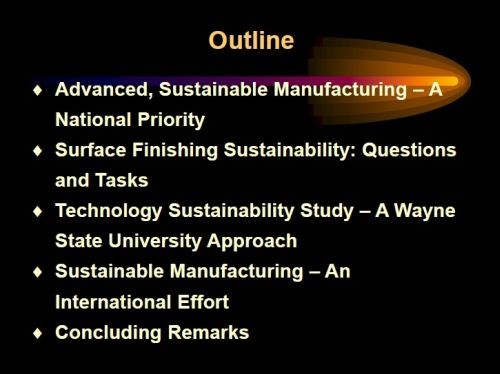
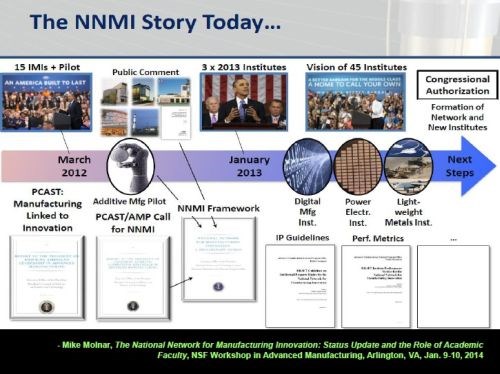



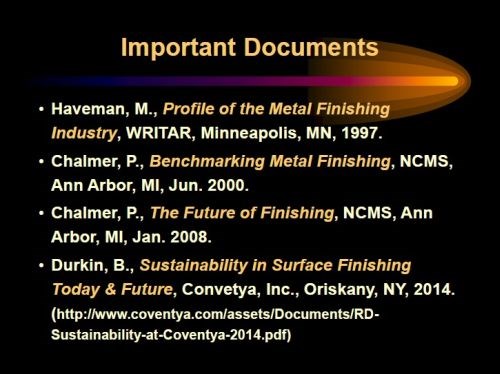



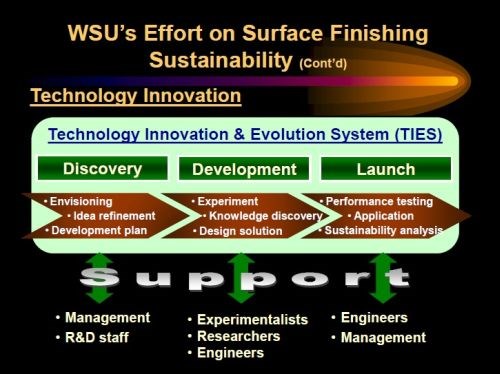

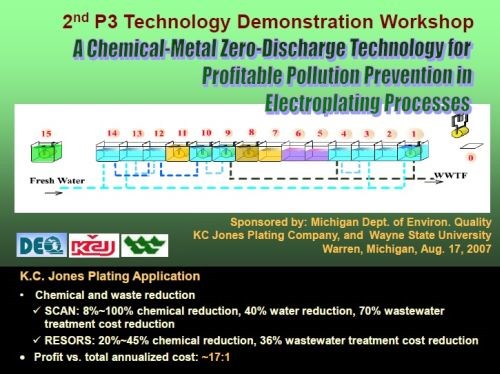

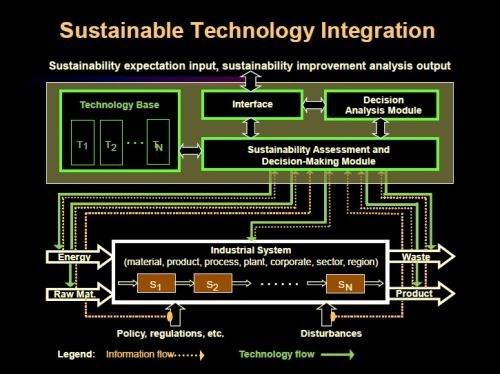
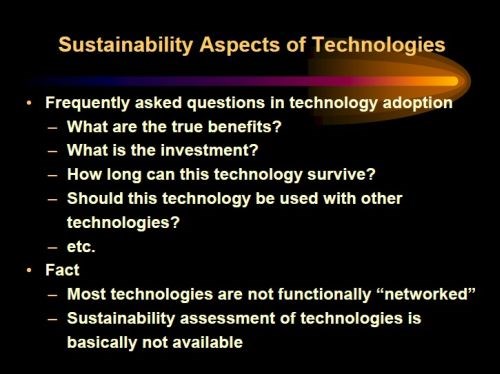
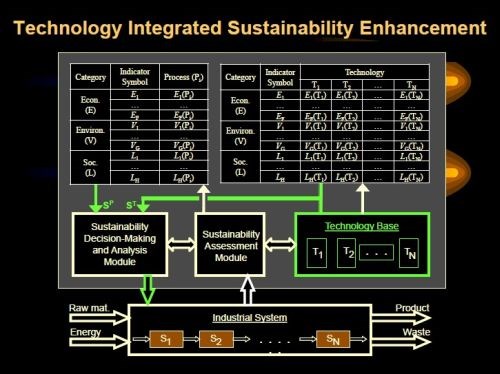
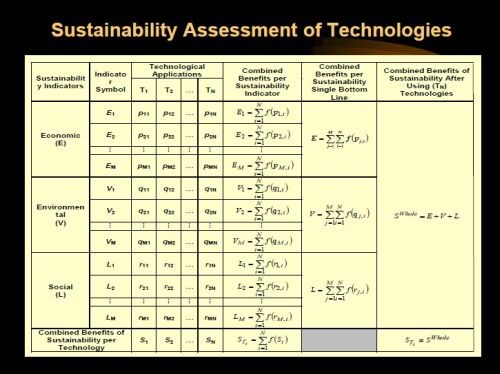
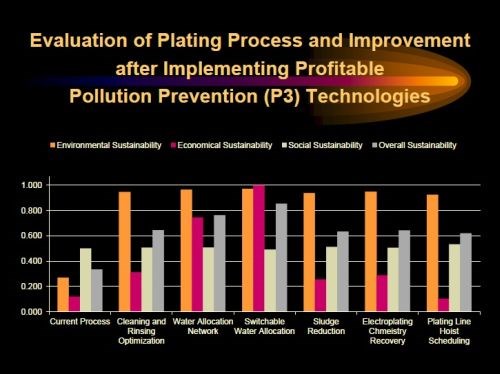

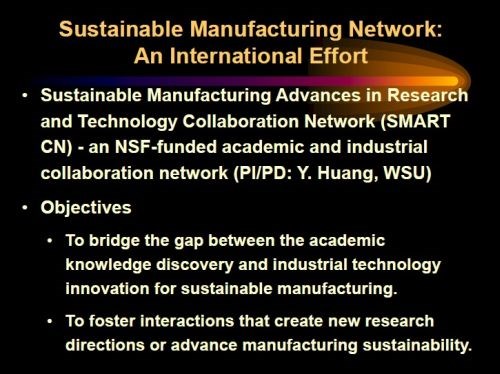


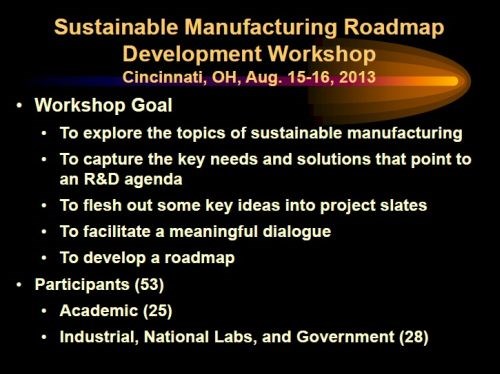
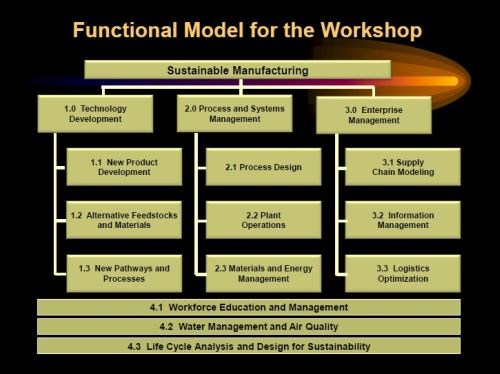
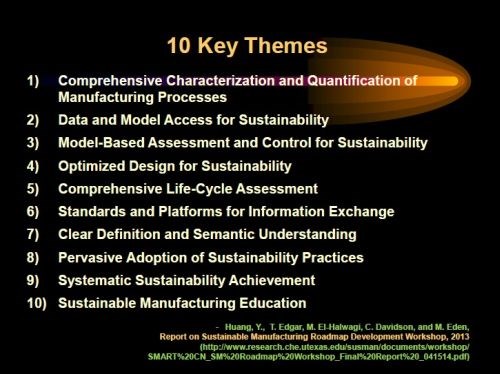

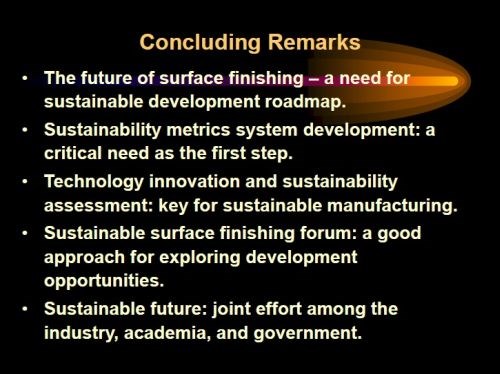

About the author

The NASF Scientific Achievement Award is the Association’s most prestigious award. Its purpose is to recognize those whose outstanding scientific contributions have advanced the theory and practice of electroplating, metal finishing and allied arts; have raised the quality of products and processes; or have advanced the dignity and status of the profession.
Dr. Yinlun Huang is a Professor at Wayne State University (Detroit, Michigan) in the Department of Chemical Engineering and Materials Science. He is Director of the Laboratory for Multiscale Complex Systems Science and Engineering, the Chemical Engineering and Materials Science Graduate Programs and the Sustainable Engineering Graduate Certificate Program, in the College of Engineering. He has ably mentored many students, both Graduate and Undergraduate, during his work at Wayne State.
He holds a Bachelor of Science degree (1982) from Zhejiang University (Hangzhou, Zhejiang Province, China), and M.S. (1988) and Ph.D. (1992) degrees from Kansas State University (Manhattan, Kansas). He then joined the faculty of Wayne State University as Assistant Professor, eventually becoming Full Professor from 2002 to the present. He has authored or co-authored over 220 publications since 1988, a number of which have been the recipient of awards over the years.
His research interests include:
- Multiscale complex systems
- Sustainability science
- Integrated material, product and process design and manufacturing
- Computational multifunctional nano-material development and manufacturing
- Multiscale information processing and computational methods
In his work as Director of the Laboratory for Multiscale Complex Systems Science and Engineering, sustainability is the operative world. These efforts focus on both the theoretical study on multiscale science and complexity and the applied research ranging from sustainable (nano)material design to industrial system restructuring, including the surface finishing industry, for sustainable development.
He has served in many editorial capacities on various journals, as Guest Editor, Associate Editor or member of the Editorial Board, including the Chinese Journal of Chemical Engineering, the Journal of Clean Technologies and Environmental Policy, the Journal of Nano Energy and power Research. In particular, he was a member of the Editorial Board of the AESF-published Journal of Applied Surface Finishing during the years of its publication (2006-2008).
He has served the AESF and NASF in many capacities, including the AESF Board of Directors during the transition period from the AESF to the NASF. He served as Board of Directors liaison to the AESF Research Board, and was a member of the AESF Research and Publications Boards, as well as the Pollution Prevention Committee. With the NASF, he served as a member of the Board of Trustees of the AESF Foundation, the education-technical arm of the NASF. He has also been active in the American Chemical Society (ACS) and the American Institute of Chemical Engineers (AIChE).
Beside the NASF Scientific Achievement Award, he has been the recipient of many other honors. He has been the keynote lecturer or plenary speaker on Sustainability Engineering and related topics at many venues, including most recently at NASF SUR/FIN 2017 in Atlanta, Georgia. He was elected AIChE Fellow in 2016 and NASF Fellow in 2017. He was a Fulbright Scholar in 1988 and has been a Visiting Professor at many institutions, including the Technical University of Berlin and Tsinghua University in China. His many awards include the AIChE Sustainable Engineering Education Award (2016), several awards for teaching and graduate mentoring from Wayne State University, and Wayne State University’s Charles H. Gershenson Distinguished Faculty Fellow Award. These and many other accomplishments show that Dr. Huang is most deserving of the NASF Scientific Achievement Award for 2013.
RELATED CONTENT
-
A Pulse/Pulse Reverse Electrolytic Approach to Electropolishing and Through-Mask Electroetching
Research at the authors’ laboratories has focused on pulse/pulse reverse electrolysis on cathodic processes, such as hard chromium plating from non-hexavalent chemistries. This papers describes studies into pulse/pulse reverse electrolysis as applied to electrochemical metal removal processes, such as electropolishing and electroetching.
-
Electroplated Tin-Nickel Coatings as a Replacement for Nickel to Eliminate Nickel Dermatitis
This paper is a peer-reviewed and edited version of a paper delivered at NASF SUR/FIN 2013 in Rosemont, Ill., on June 12, 2013.
-
Electroless Nickel Coatings: Appearance, Gloss and Surface Morphology
For decorative coatings, appearance is the essential purpose for application, but also for functional surface finishes it becomes increasingly relevant as an added value on top of specified technical requirements. Appearance is affected by spectrum and intensity of incident light, roughness and morphology of the coating surface, optical properties of the coating material, eventual superficial oxide films, and individual perception. The predominant factor is surface roughness, which in turn depends on base material roughness, quality of substrate pretreatment, and nucleation and growth kinetics of the electroless nickel (EN) deposit. Interdependency of gloss measurements with roughness measurements and with chemical composition of coatings was investigated for new generation mid-P EN processes and compared to traditional ones.


















